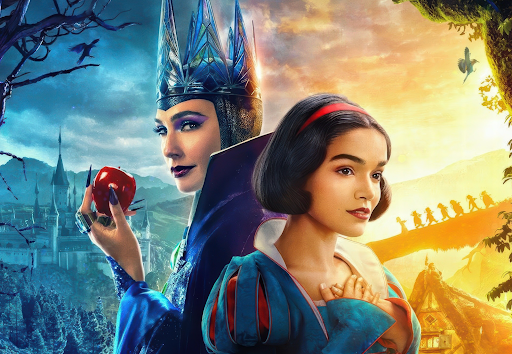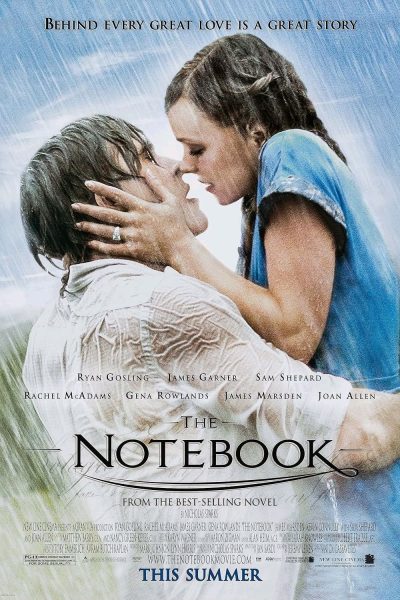Memes effect modern American culture
Social media is everywhere-it’s inescapable. Facebook, Tumblr, Twitter, and Instagram are some of the most well-known platforms, with several million users each. The sites each have a particular focus or gimmick to draw users in. However, there is one thing they all have in common: memes.
“Meme” is a term originally coined by Richard Dawkins to explain how ideas spread through writing, spoken word, gestures and music. The memes of today do all of those things and can be anything–a photo, slogan or video. They can go viral immediately or hundreds of years after their creation.
A recent example of the later would be Edgar Allen Poe’s “The Cask of Amontillado.” Memers would offer to show other users or famous people the Cask of Amantillado and/or threaten in a joking manner to brick someone up in their basement.
While they may seem silly and random on the surface, memes have affected the way people live and communicate with each other.
Memes are not new. Back in November 2008, Macey’s “rickrolled” parade viewers. Rickrolling is the acting of tricking someone into watching the music video of Rick Astley’s song, “Never Gonna Give You Up.”
In 2010 and 2011, members of the House of Representatives conspired to include lyrics in their speeches. The lyrics were put into proper order and uploaded online once all the speeches had been made.
Memes have made an appearance in politics this year as well. They were a part of Democratic nominee Hillary Clinton’s campaign. Supporters of Donald Trump also used memes, tweeting out an image of some of his supporters’ faces photoshopped onto the poster for the movie “The Expendables.” Popular meme, Pepe the Frog, was included in the line up.
“Memes…were once copied through language and behaviour, but like the photocopier and printing press before it, the Internet has enabled the information carried in memes to be copied without direct contact between people, over long distances, and even through time,” Louise Ridley of scienceforus.com wrote.
Memes can sprout anywhere. There are several Neshaminy exclusive memes. From Maple Point Middle School’s former Vice Principal, there’s “This is my house,” and “You’re going to Doylestown.”
The memes arose from the Vice Principal’s speech at the very beginning of the year about the chaos in the cafeteria. The gist of the speech was that Maple Point was the administration’s “house” and that continued disorder in the cafeteria could land some students in legal trouble, thus, sending them to Doylestown.
“I think they capture a popular sentiment using cultural icons and trending images. It’s a combination of a popular opinion and recognizable images,” English teacher Tara Huber said. Huber also noted that on the flip side, “We oversimplify issues in society with hashtags and images.”
However, memes can be used in a negative, rather than comical, manner. For one, almost anything can become a meme. For example, a gorilla named Harambe was shot and killed at Cincinnati Zoo over the summer. Overnight he became an internet sensation. Zoo officials shot Harambe because a small child had fallen into the enclosure, and they feared Harambe might harm the child. The internet photoshopped Harambe into images from movies, tweets, and other memes.
Some took the Harambe memes as a sign of society’s lack of empathy and disconnect from other people. “That fact that people made a joke about this is sick. That kid was in danger and all anyone cares about is the gorilla?” said Neshaminy junior Danielle DiMeglio.
No matter what angle they’re examined from, memes have a strong impact on modern American culture and the way people communicate.





